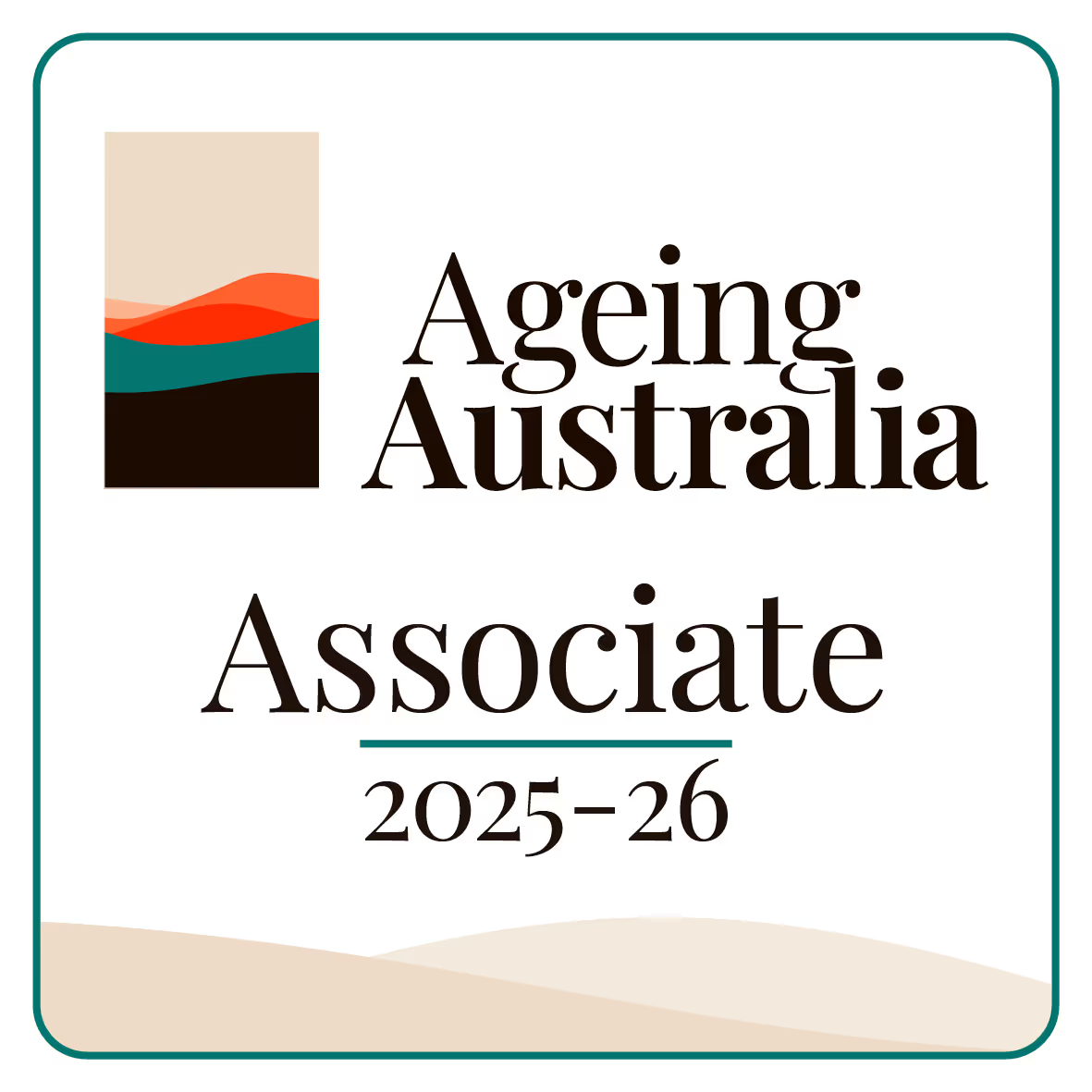What Is a Discharge Plan?
A discharge plan is like a roadmap for leaving a hospital or aged care facility. It outlines what you need to stay safe and healthy at home or in your new care setting. Think of it as a checklist that answers: “What happens next?” so you do not feel left in the dark.
Who Helps Create Your Discharge Plan?

You are not alone in this! A team of helpers works with you, including:
- Doctors or nurses (they handle medical needs).
- Aged care staff (they know your daily routines).
- Family or carers (they provide personal insights).
- Social workers (they connect you to community services).
It is a group effort—like planning a road trip where everyone brings a different map.
What Is Included in a Discharge Plan?
Your plan will cover:
- Medications: What to take, when, and how.
- Follow-up appointments: Dates, times, and who you will see.
- Home care support: Help with meals, bathing, or nursing visits.
- Equipment: Items like walking frames or hospital beds.
- Emergency contacts: Who to call if things go sideways.
It might also include tips for family carers, like how to lift you safely or spot warning signs.
.png)
How to Prepare for Discharge
.png)
- Ask questions. If something is unclear, speak up! (“Will I need help showering?” or “Who changes my bandages?”).
- Test-run your setup. If going home, check if your bathroom is easy to access or if ramps are needed.
- Write everything down. Keep a folder with your plan, contacts, and medication list.
- Pack early. Gather personal items, prescriptions, and comfy clothes for discharge day.
Pro tip: Treat your discharge meeting like a job interview. Bring a notebook and a trusted person to take notes.
What If Things Do Not Go Smoothly?
Sometimes, the plan hits a bump—like a missed appointment or equipment delay. Do not panic! Here is what to do:
- Call your care team. They can adjust the plan or find quick fixes.
- Contact My Aged Care (1800 200 422) for extra support.
- Lean on family or friends. Even small tasks, like picking up prescriptions, can help.
.png)
Remember: A discharge plan is flexible. It is okay to tweak it as you go, like rerouting a trip when you hit traffic.
Final Thoughts
Leaving a hospital or care facility can feel like stepping off a merry-go-round. A discharge plan helps you land on your feet. It is not perfect, but it is a starting point—and you can always ask for changes. Do not be shy; your comfort and safety are what matter most. After all, getting back to your routine should be about peace of mind, not paperwork puzzles.
Frequently Asked Questions
What is a discharge plan?
A discharge plan is essentially a roadmap for leaving a hospital or aged care facility. Its purpose is to outline exactly what is needed for you to stay safe and healthy at home or in your new care setting, acting as a checklist that answers the question: “What happens next?”
Who is involved in creating your discharge plan?
Creating your discharge plan is a team effort involving several key people. This team includes doctors or nurses (for medical needs), aged care staff (who know your daily routines), family or carers (who provide personal insights), and social workers (who connect you to community services).
What specific information is included in a discharge plan?
A discharge plan is comprehensive and will cover several important areas: Medications (what to take, when, and how), Follow-up appointments (dates, times, and who you will see), Home care support (like help with meals, bathing, or nursing visits), Equipment (items such as walking frames or hospital beds), and Emergency contacts (who to call if issues arise). It may also include tips for family carers.
How can you prepare for your discharge?
You should prepare for discharge by asking questions if anything is unclear, test-running your setup at home to ensure accessibility, writing everything down in a folder (plan, contacts, medication list), and packing early (personal items, prescriptions, comfy clothes). It is also recommended to bring a notebook and a trusted person to the discharge meeting to take notes.
What should you do if the discharge plan doesn't go smoothly?
If the plan hits a bump, you should call your care team so they can adjust the plan or find quick fixes. You can also contact My Aged Care at 1800 200 422 for extra support, or lean on family or friends for help with small tasks. Remember that the discharge plan is flexible and it is okay to tweak it.






